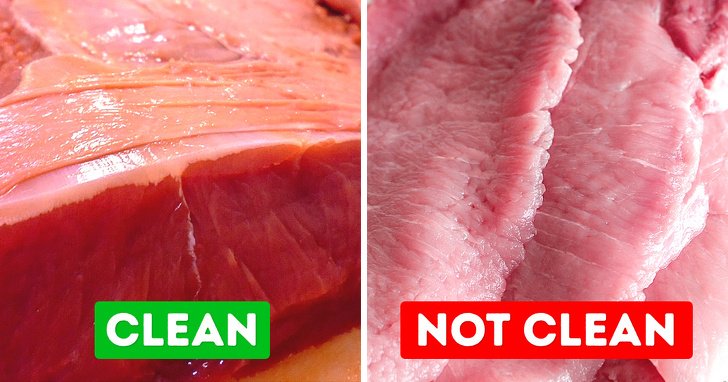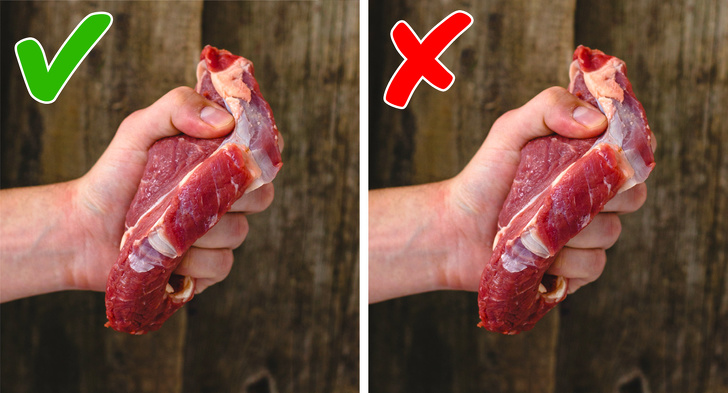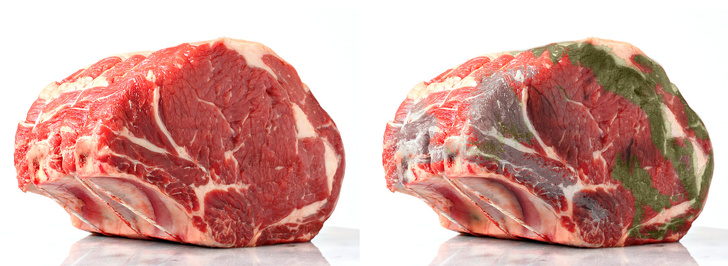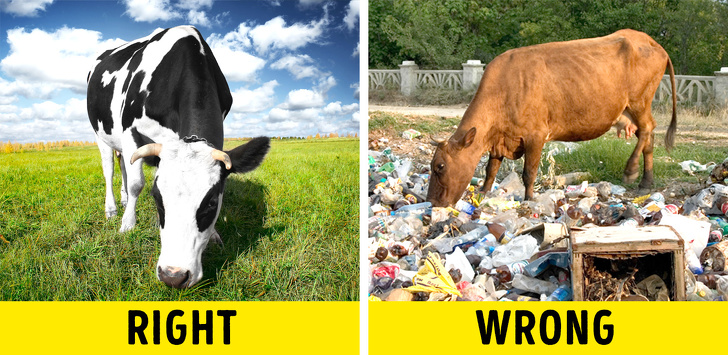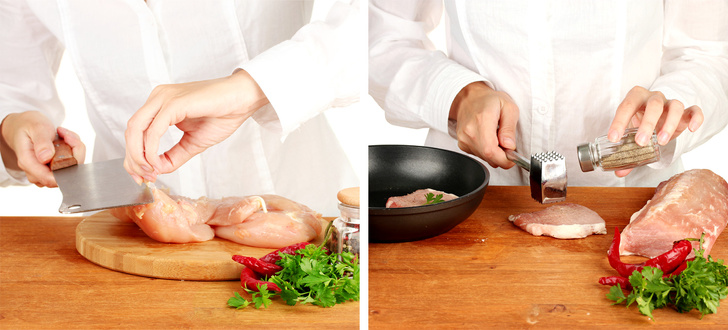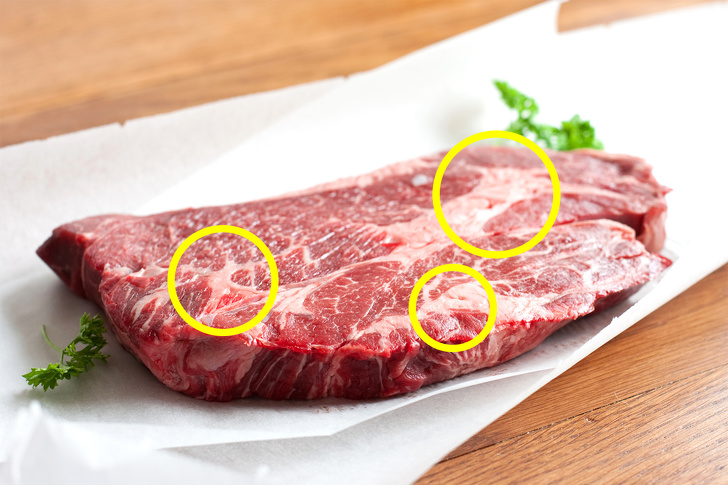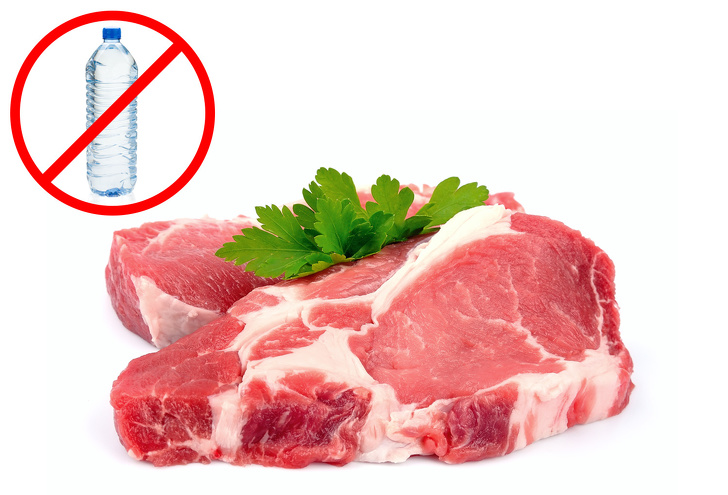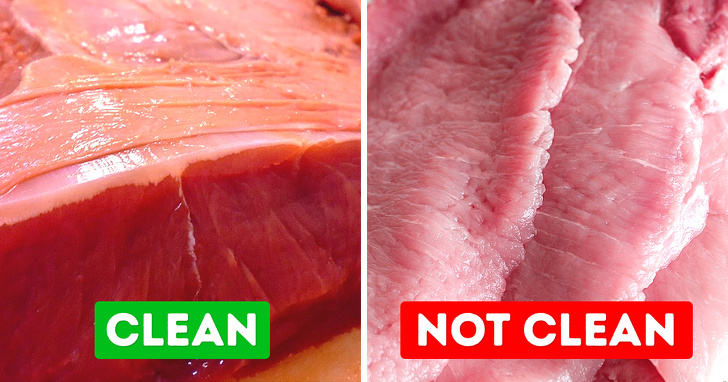Summer is a great time for grilling and barbequing — and picking the right meat can make your outdoor party perfect. But it can be quite difficult to choose the best meat.
Here are 7 major recommendations from professional chefs to help you choose the tastiest meat for your next meal.
1. Dense and solid
Feel the piece of meat you plan on buying. Professional chefs suggest that cold meat should not be soft. Fat is firm when cold, so properly stored meat should be hard.
The rule also works with packaged meat. It should be dense and dry.
2. The color red
Chefs remind us that the color of meat should be easy to see and should appear throughout the piece. The lighter the red color is, the tenderer the taste. Proper meat is never brown or grey, even on the edges.
Be especially careful when buying packaged meat. Check every side of the package.
3. What did you have for lunch, cow?
Try to find out what the animal was fed with. You might get this information on the package or you can ask the butcher. Professionals agree that cows that eat green grass provide the best meat taste with great fat placement.
4. What do you need it for?
Before shopping for meat, pre-decide on your menu. Cheaper meat may need longer processing. However, it is useful when you have to prepare food beforehand and stock it in the fridge. Generally, the more experienced you are at cooking, the bigger your possibilities with meat are.
Chefs recommend making delicious chicken broth from bones. And feel free to experiment with buying a full chicken and cutting it yourself. This will give you nice pieces for different dishes.
5. The color and placement of fat
Here are a few things that you need to know about fat. These tips from professional chefs will help you to choose the best meat for cooking.
- Chefs call fat that is interspersed, “marbling”. They say that marbling provides meat with a deeper taste. However, too much marbling will make the meat tough. Pieces with extreme marbling are good in well-cut dishes like tartare or carpaccio.
- The fat from young animals is white, and age makes it yellowish. Professionals state that meat from older animals has a deeper taste. Though it is less tender.
- A fatty coating aids in the juiciness of the meat.
6. Price is important too.
Cheap meat quite often means that you’re paying for salty water. Professionals recommend pickingout a smaller piece of more expensive, high-quality meat. They say the estimated meat portion for a person should be 120-200 grams per plate depending on the meat and the type of meal you’re making.
7. Get friendly with your butcher.
If you’re a meat-eater and a meat-buyer, find a butcher and befriend him/her. Knowing the butcher by their first name and engaging in small talk with them will provide you with useful advice on your purchases.
Bonus: How do you buy meat abroad?
Sometimes, the choice of meat product fails not only in taste, quality, and price but also when it comes to religious and cultural regulations. Jews, Muslims, and Christians separate animals into “clean” and “unclean” when being butchered. Obviously, the “unclean” ones are forbidden to eat (for example, pigs and camels aren’t welcome on an Israeli table).
Researchers believe that the separation was caused by local agricultural technology, as well as the potential threat of disease that can be spread by animal meat.


